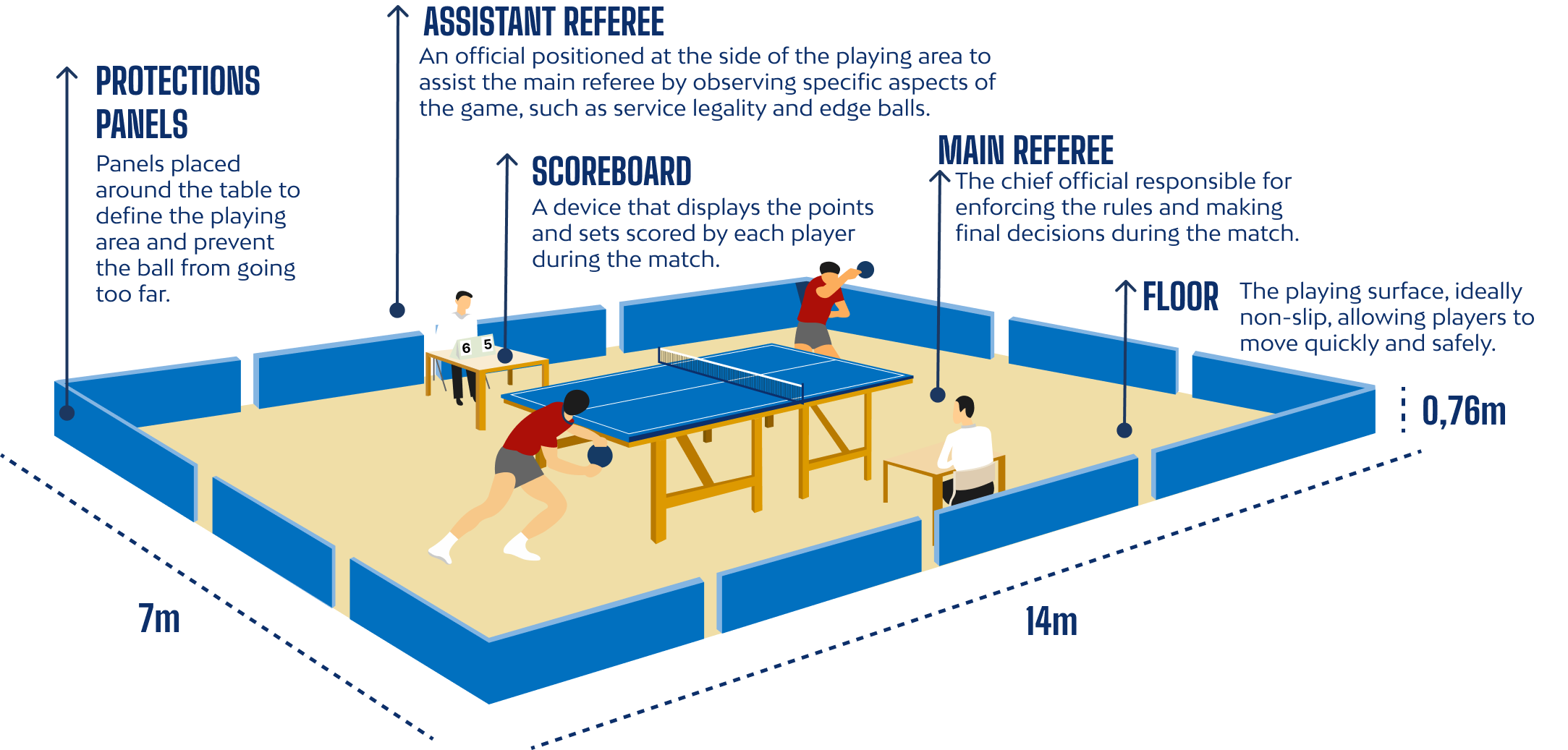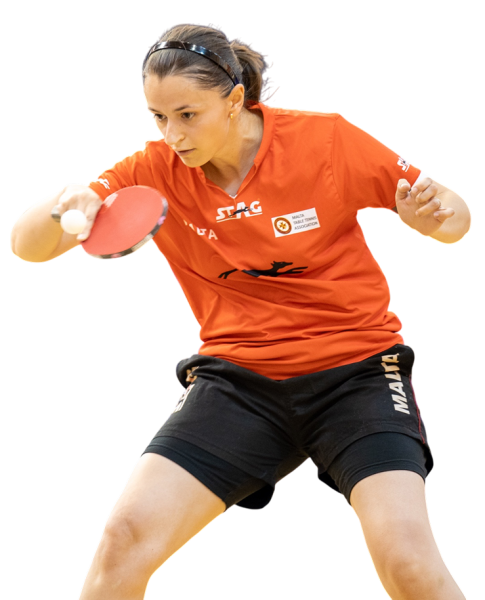Table tennis, also known as ping pong, is a fast-paced and highly skilled racket sport played on a rectangular table divided by a net. It is contested in several official disciplines: men’s singles, women’s singles, men’s doubles, women’s doubles, and mixed doubles. Combining speed, precision, reflexes, and strategy, table tennis is recognised worldwide as one of the quickest and most intense racket sports.
Matches are typically played in a best-of-five or best-of-seven games format, with each game played to 11 points. A player or pair must win a game by at least two points, and if the score reaches 10–10, play continues until one side gains a two-point lead.
Points are scored on every rally, regardless of who serves—this is also known as rally scoring. The serve alternates every two points (or every point during deuce), keeping the momentum and pressure evenly distributed.
To win a point, a player must strike the ball so that it bounces once on their opponent’s side of the table, without the opponent returning it successfully. Faults include missing the table, hitting the net, or failing to strike the ball before it bounces twice. With its rapid rallies, tactical depth, and technical demands, table tennis delivers non-stop action and excitement.

